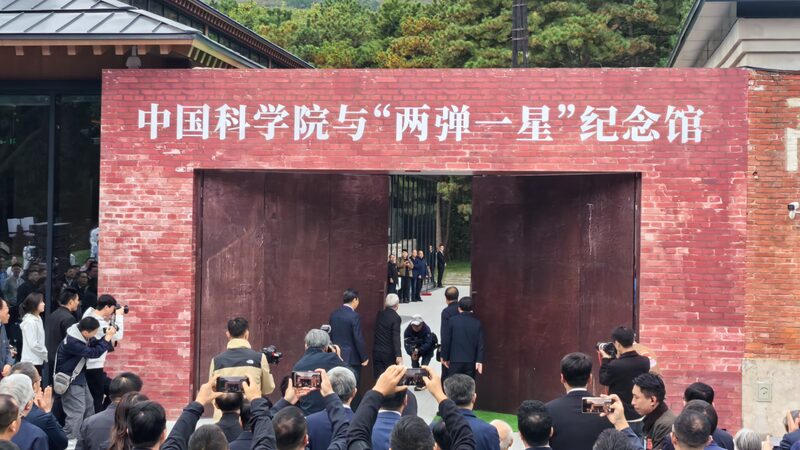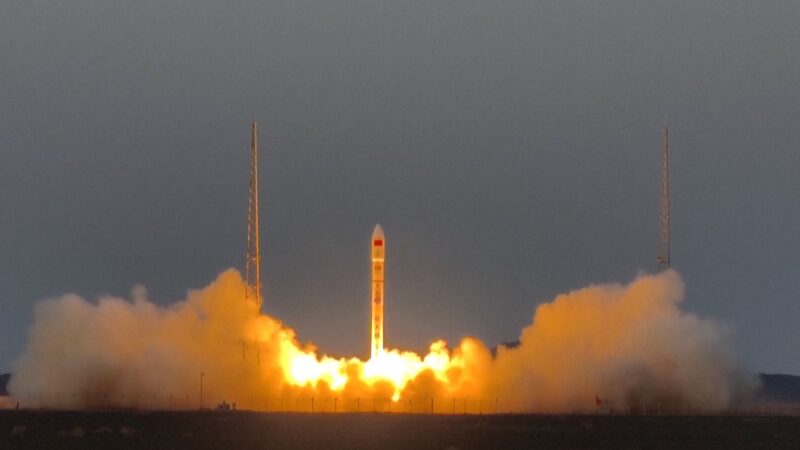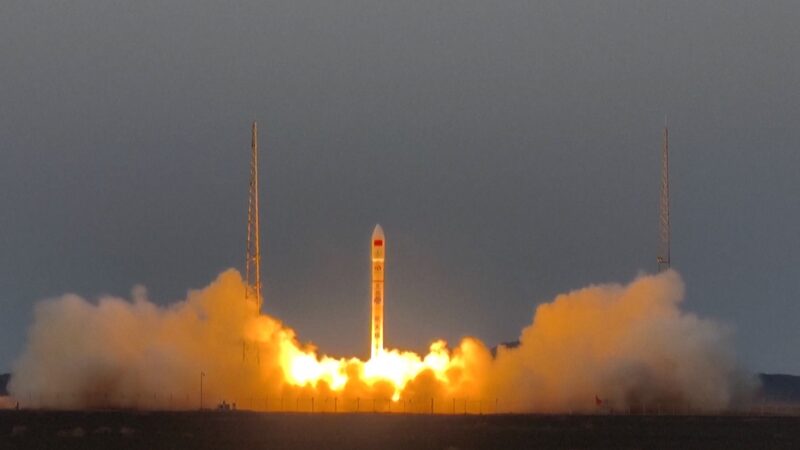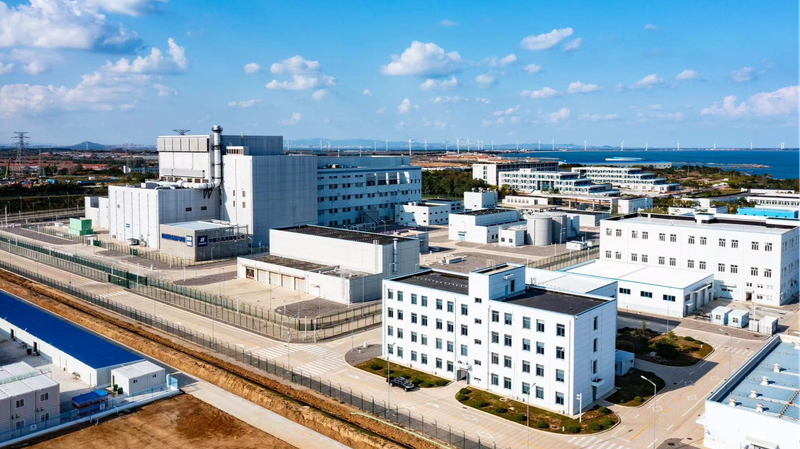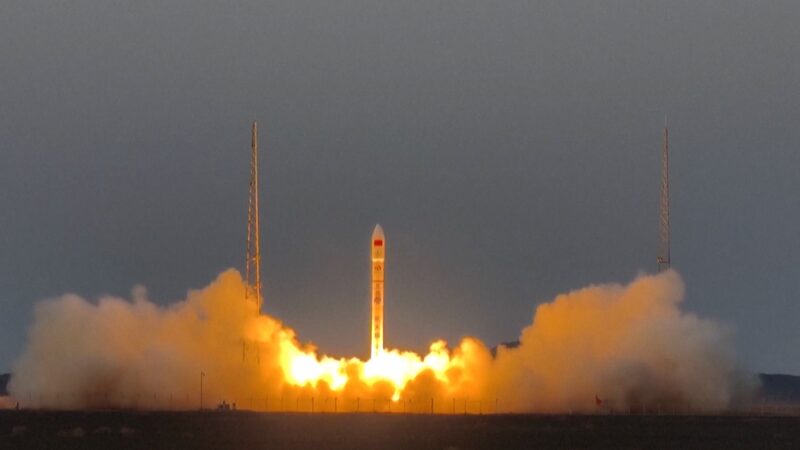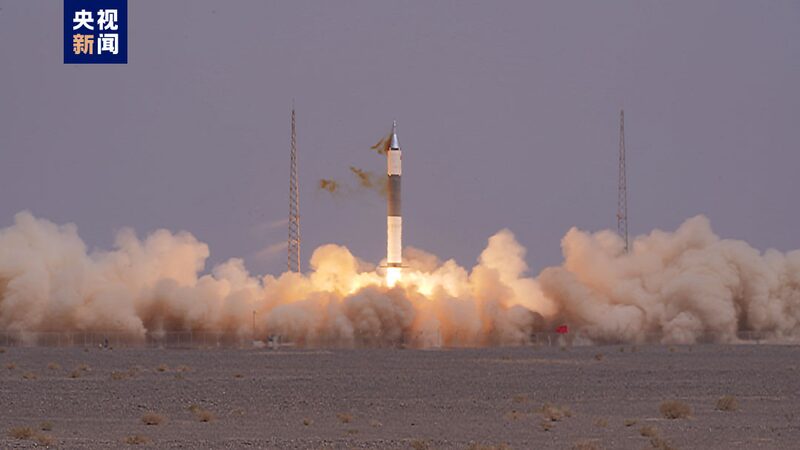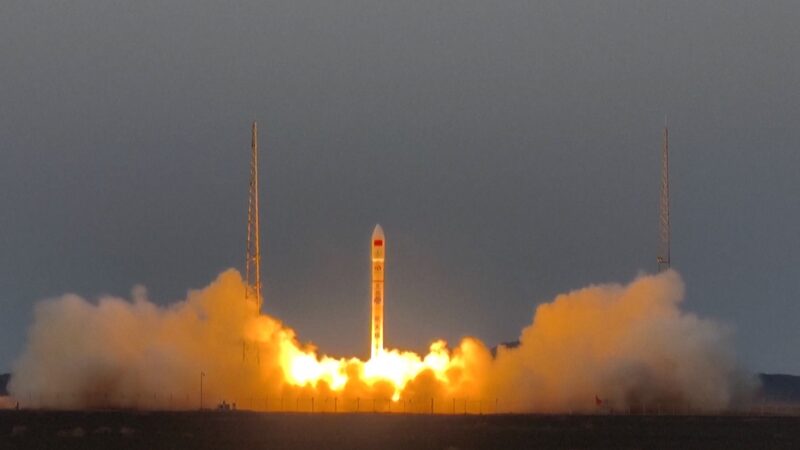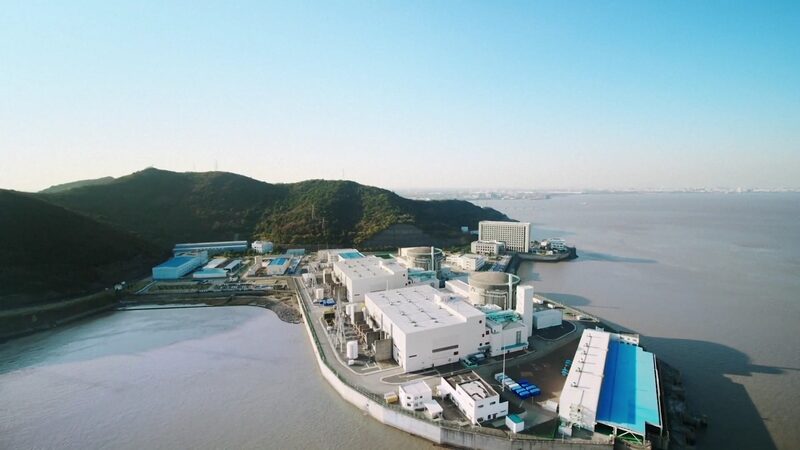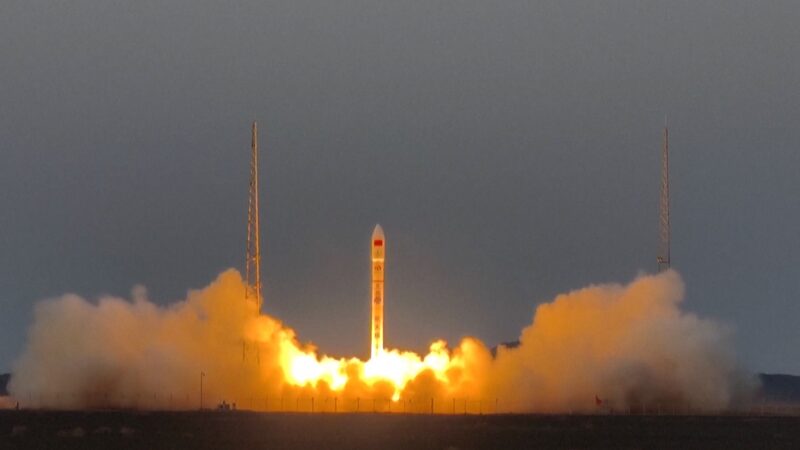The “Two Bombs, One Satellite” Memorial Museum, commemorating China’s historic achievements in nuclear and space technology, has reopened its doors to the public after an extensive renovation. The reopening on Wednesday coincides with the 60th anniversary of China’s first atomic bomb test, marking a significant milestone in the nation’s scientific heritage.
Located on the Huairou campus of the University of the Chinese Academy of Sciences in the suburbs of Beijing, the museum is housed on the site of a former rocket test base. The Chinese Academy of Sciences (CAS) transformed this historical site into a memorial museum, originally opening it to the public in 2015. Prior to its recent upgrade, the museum welcomed over 430,000 visitors, offering a glimpse into China’s advancements in nuclear and space technologies.
The term “Two Bombs, One Satellite” refers to China’s first atomic bomb, intercontinental ballistic missile, and artificial satellite—monumental achievements realized during the 1960s and 1970s. Over 17,000 researchers from more than 40 institutions affiliated with the CAS played pivotal roles in these developments. Among the 23 national honorees recognized for their contributions, 21 are academicians of the CAS, and 17 had previously worked at the academy.
Hou Xun, a CAS academician and researcher at the Xi’an Institute of Optics and Precision Mechanics of the CAS, reflected on the dedication of the scientists involved. “Chinese scientists participating in the missions overcame numerous technological challenges under extremely difficult conditions during those years,” he said. “The new generation of scientists and technologists should inherit and carry forward the spirit of ‘Two Bombs, One Satellite.'”
The renovated museum showcases a vast collection of precious relics. Visitors can explore manuscripts of the founding fathers of China’s nuclear and space programs, view the country’s first artificial satellite, and examine blueprints and models of important scientific instruments and equipment used in these groundbreaking projects. The exhibits offer an immersive experience into the history and spirit of innovation that propelled China’s advancements in science and technology.
The reopening of the museum not only honors past achievements but also serves as an inspiration for future generations. It stands as a testament to the perseverance and ingenuity of Chinese scientists who contributed to these monumental projects, and it encourages today’s innovators to continue pushing the boundaries of science and technology.
Reference(s):
Chinese museum commemorating "two bombs, one satellite" reopens
cgtn.com
